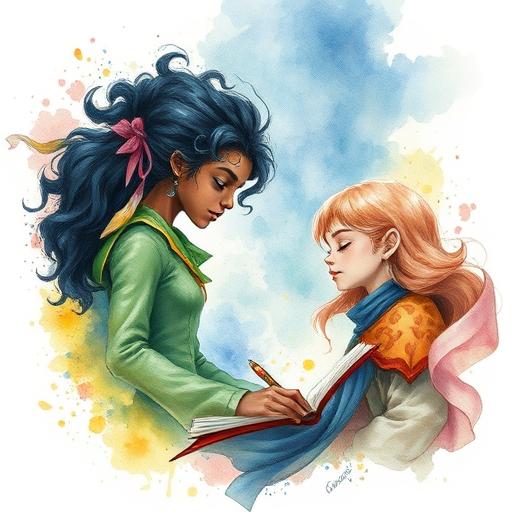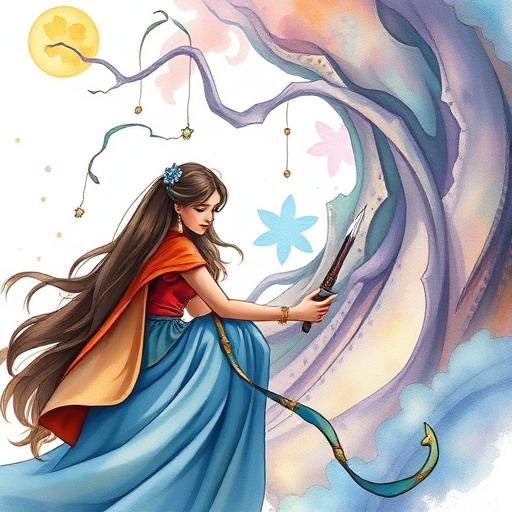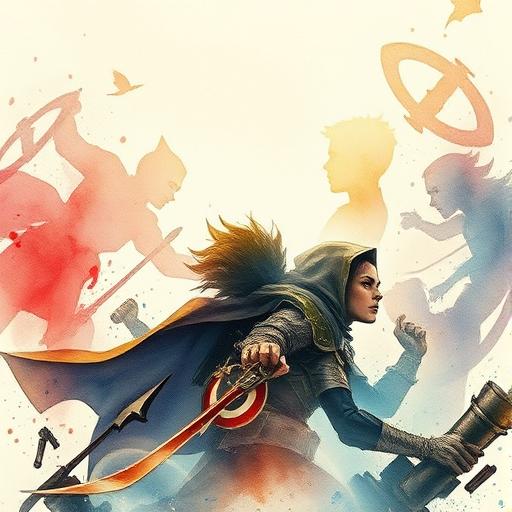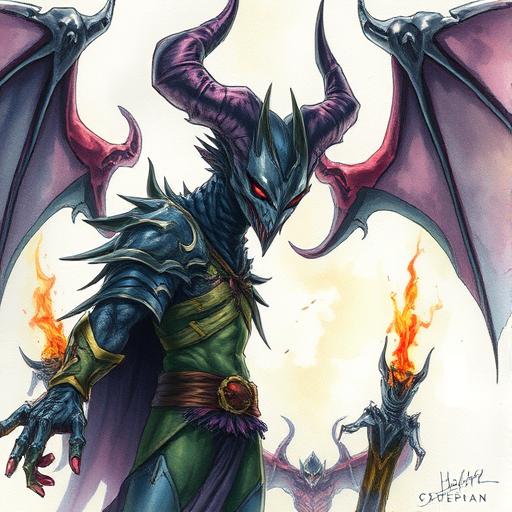Writing Diverse and Inclusive Stories Across Multiple Genres and Formats
Learn how to craft compelling and inclusive stories that resonate with diverse audiences, and explore the importance of representation in fiction. Discover tips and techniques for writing across cultures, genres, and formats.
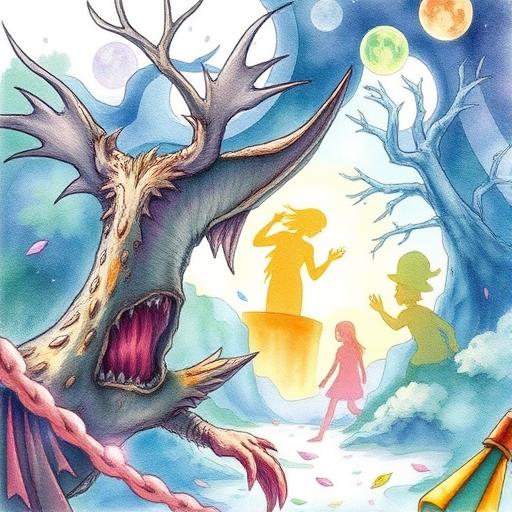
Introduction to Inclusive Storytelling
Writing diverse and inclusive stories is crucial in today's literary landscape. It's about creating characters, worlds, and narratives that reflect the complexity and richness of human experience. As authors, we have the power to shape perspectives, challenge stereotypes, and inspire empathy. To achieve this, we must be willing to venture into uncharted territories, exploring diverse cultures, genres, and formats.
The Importance of Representation
Representation matters because it allows readers to see themselves in the stories they love. When characters from diverse backgrounds are center stage, it sends a powerful message: their experiences are valid, and their voices matter. For example, authors like N.K. Jemisin and Saladin Ahmed have been praised for their thoughtful and nuanced representation of diverse cultures in their fantasy works.
- Use specific and thoughtful descriptions of diverse characters
- Avoid stereotypes and tropes that perpetuate harmful attitudes
- Create complex, multidimensional characters with rich inner lives
Building Inclusive Worlds
To craft inclusive stories, we need to build worlds that are equally inclusive. This involves creating richly detailed environments, cultures, and societies thatReflect the diversity of our real world. For more on this topic, check out our article on building inclusive and representative worlds for writers across genres and categories. A well-built world can transport readers to new and exciting places, while also challenging their assumptions and broadening their perspectives.
Writing Across Cultures
Writing across cultures requires sensitivity, respect, and a willingness to learn. It's essential to approach these stories with an open mind and a critical eye, recognizing the complexities and nuances of diverse cultural experiences. Our article on writing across cultures: exploring diverse perspectives in fiction offers valuable insights and practical advice for authors venturing into this territory. By being thoughtful and considerate in our representation, we can create stories that resonate with readers from diverse backgrounds.
Key Takeaways for Inclusive Storytelling
Some key takeaways for writing diverse and inclusive stories include:
- Conduct thorough research and listen to diverse voices
- Be mindful of power dynamics and privilege
- Create inclusive and respectful representations of diverse cultures and identities
Genres and Formats: Opportunities for Inclusive Storytelling
Different genres and formats offer unique opportunities for inclusive storytelling. For example:
| Genre/Format | Opportunities for Inclusion |
|---|---|
| Fantasy | Create diverse magical systems, cultures, and worlds |
| Science Fiction | Explore diverse futures, societies, and technologies |
| Graphic Novels | Use visual storytelling to represent diverse characters and experiences |
| Young Adult Fiction | Write coming-of-age stories that reflect diverse teen experiences |
Conclusion
Writing diverse and inclusive stories is a journey, not a destination. It requires ongoing effort, education, and commitment. By embracing this journey, we can create stories that inspire, educate, and entertain readers from all walks of life. Remember to stay curious, be open-minded, and always strive to improve. With dedication and practice, we can craft inclusive stories that resonate with diverse audiences and leave a lasting impact on the literary world.
Comments
Comments are hidden to save bandwidth. Load them when you want to read or leave one.
